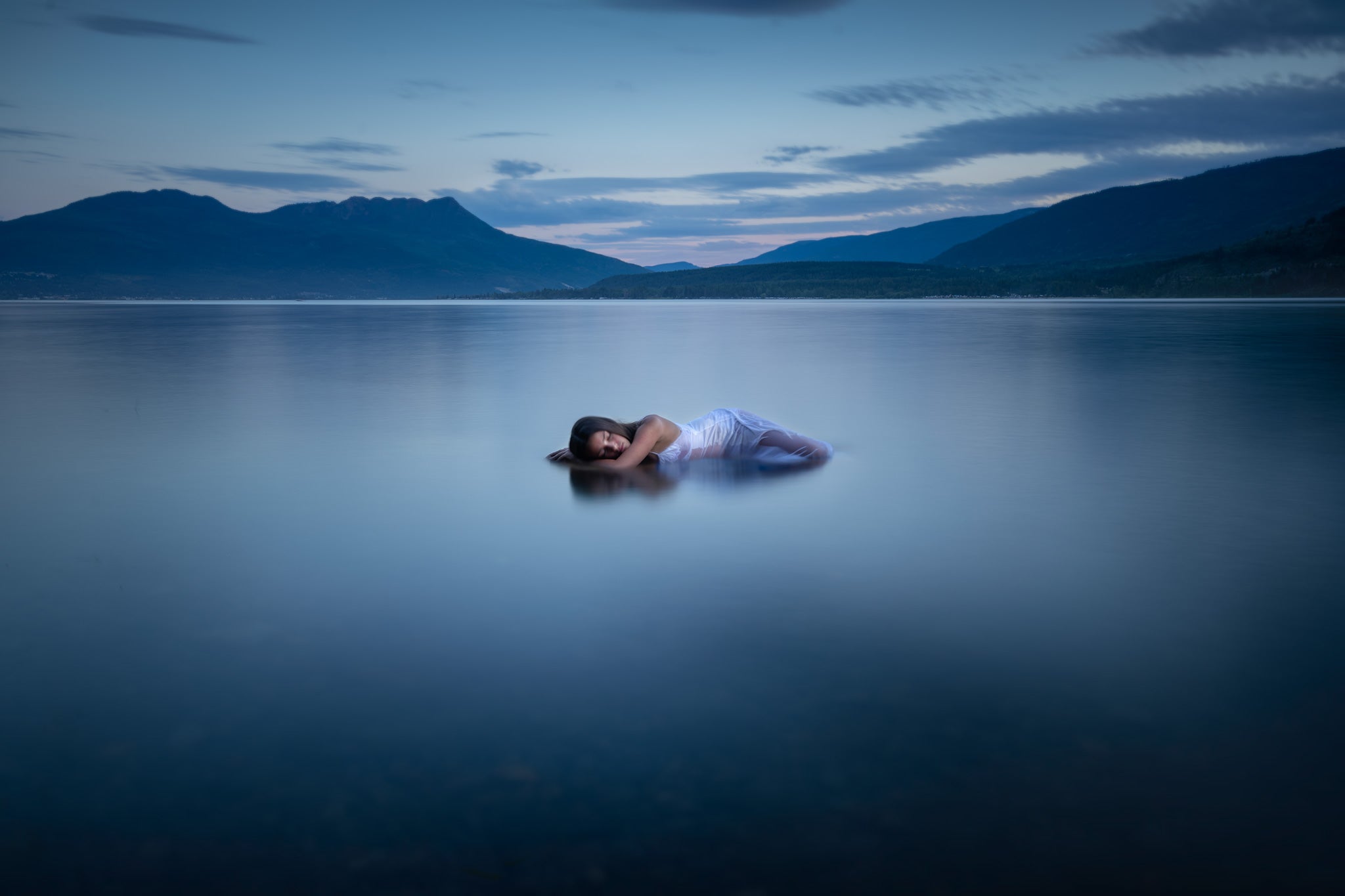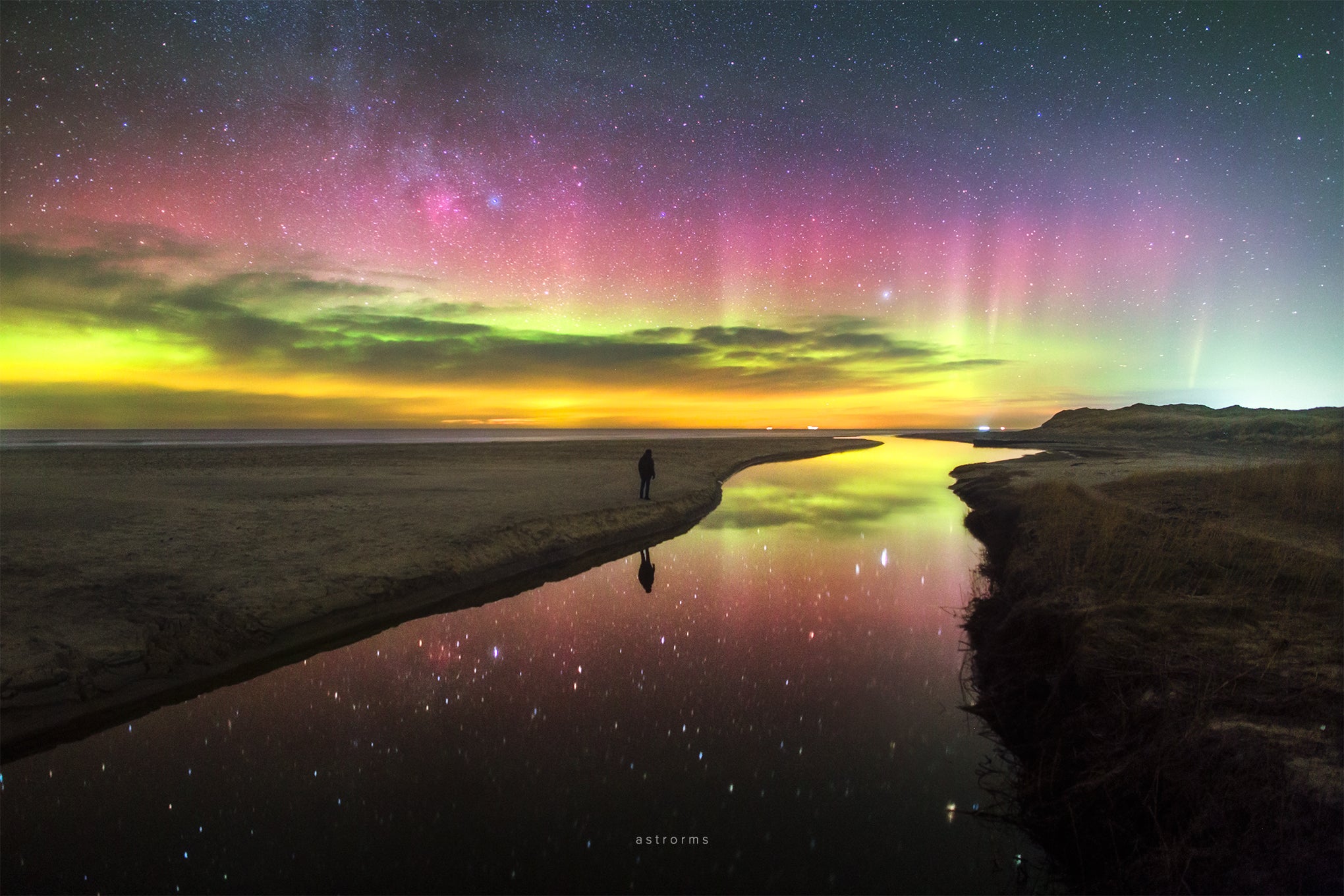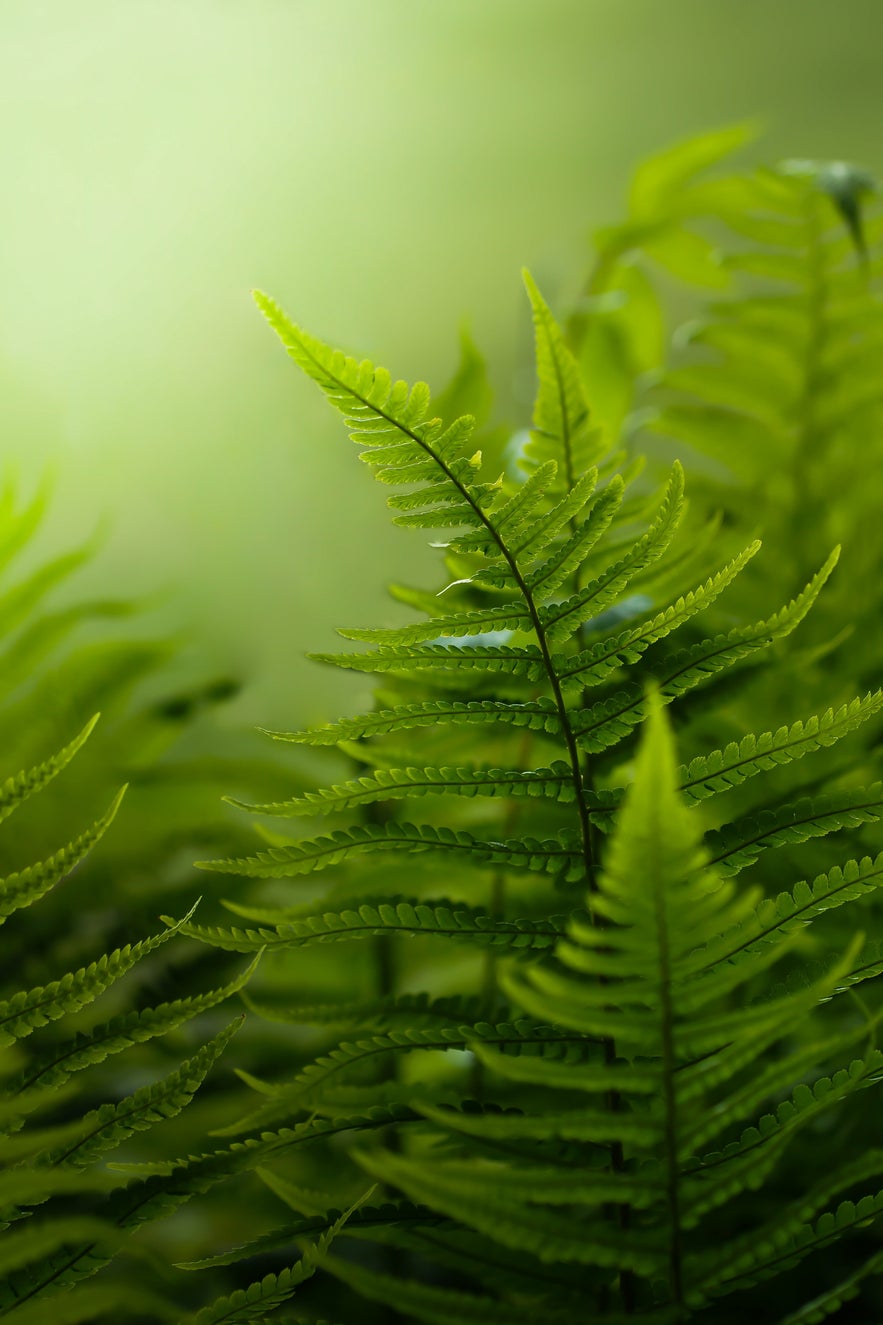
There is a hidden beauty in this world that many of us fail to see in our day to day mundanity. For Peter Wyss, a photographer who specialises in macro photography, this small world is something to be explored with all its intricacies in the fascinating wilderness of nature.
- Learn How to Use Smartphone Camera Modes for Amazing Landscape Photography
- Explore these articles on Landscape and Nature Photography
- Discover the Ultimate Guide to Focus Stacking
Peter's work offers a glimpse into something that is often unseen. The subjects of his photos come alive with his masterful use of light, focus and colour theory. While he draws attention to the enchantment of this secretive world, so too are his personality and inner emotions channelled into his photography.
This week, we had the opportunity to chat with Peter about how he developed his passion for capturing all things small, the equipment that he uses, as well as how he puts his signature style on his work to bring out nature's beauty.

Peter Wyss is a macro photographer based in Switzerland. Photo by: 'Peter Wyss'.
Hello Peter! Thank you so much for joining us. For people who may not be familiar with you and your work, how would you describe yourself and the type of work you do with your photography? Where did it all begin?
Hi, thanks for inviting me to do this interview! My journey into the world of photography began about 10 years ago. Before that time, I was keenly interested in photography as art I viewed from a distance, in books, exhibitions, galleries. I am a Dane and grew up by the sea. When I got married, I moved to Switzerland, where I have a family with two children. Here I began to take my camera along out into the forest and slowly discovered my joy and curiosity for macro photography, a hobby that with the years turned into a deep passion, and on a personal level helped giving my introvert character a voice.
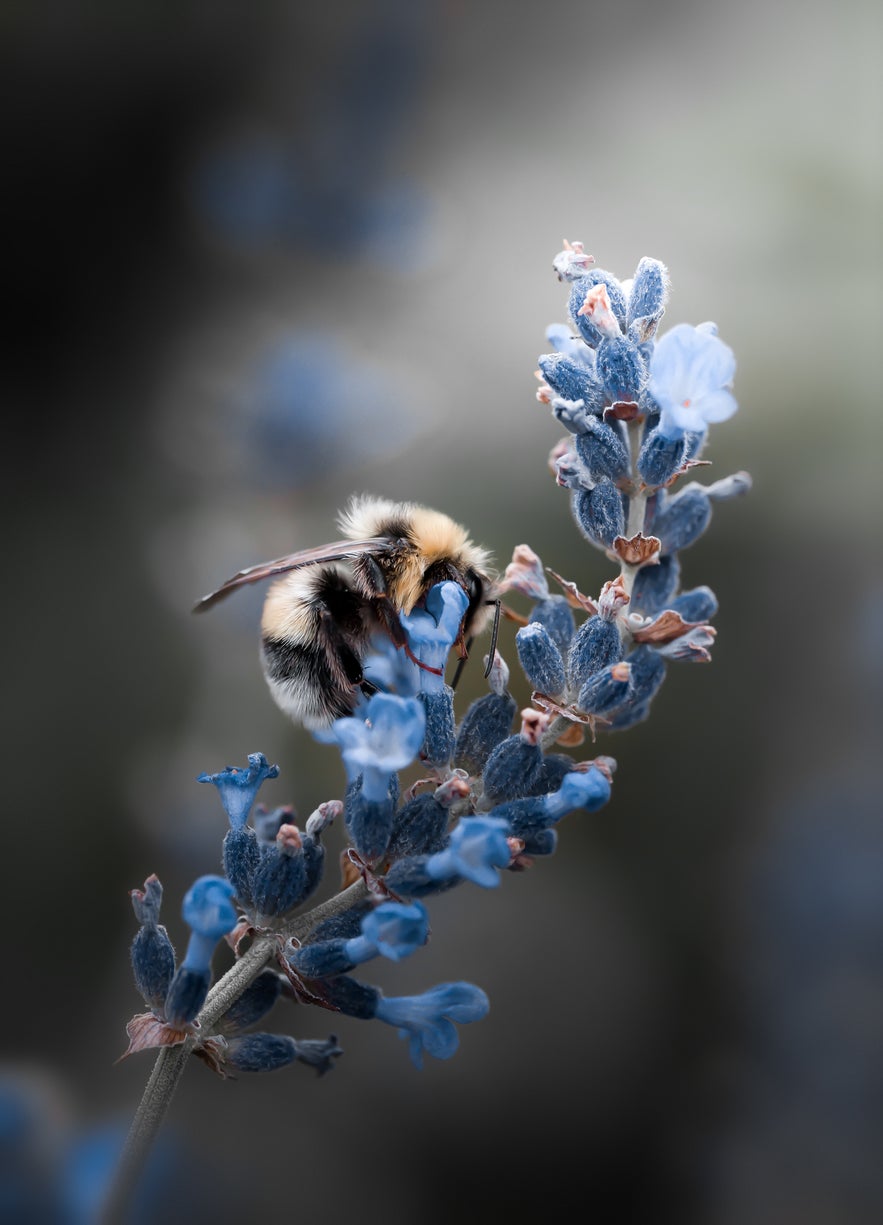
Peter's journey into macro photography began around a decade ago. Photo by: 'Peter Wyss'.
Macro photography became an inner journey pursuing an artistic expression, which I constantly try to improve and refine. A slow search for those images that are not necessarily stylistically perfect, but which have a unique voice, a burning heart, a vibrant soul. Photos that might have the appearance of a lost soul, or take the form of a beautiful, incomprehensible dream. It can be something as simple as a sunflower that partly unfolds itself and partly hides away, and herewith tells a story of human life.
- See also: Interview with Simanta V. Mahanta
What do you do when you’re not shooting?
When I am not working with photography, I am with my family, often out in the beautiful nature that Switzerland is so famous for. We hike, bike, swim, have fun. I work part-time in a technology company, and thus help to finance our lives. With macro photography, I have not yet managed to build an income.
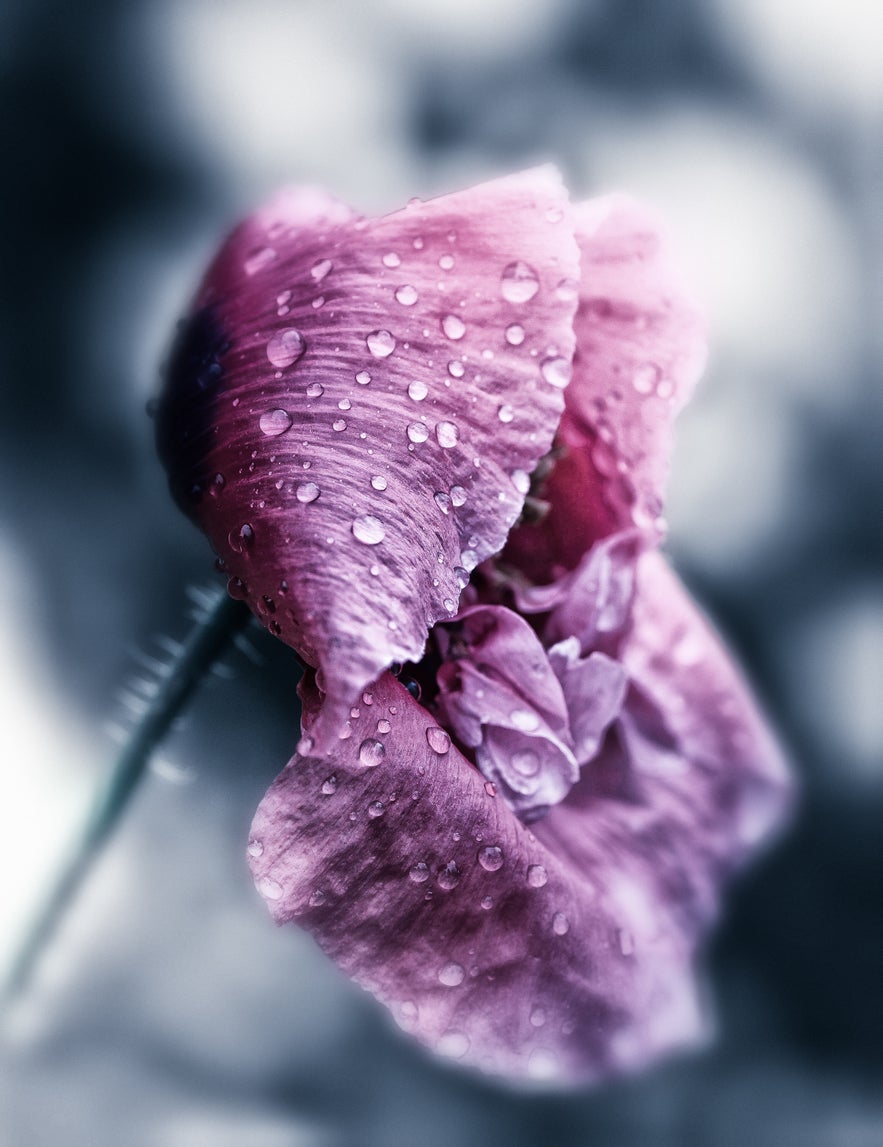
Peter specialises in the beautiful field of macro photography. Photo by: 'Peter Wyss'.
Who have been your mentors throughout your journey so far? How have they contributed to how you practice photography today?
When I acquired a DSLR camera and began my photographic journey, I found inspiration in several photo blogs. That was in the years around 2010. If I had to name one photographer who inspired me through the years, it would without hesitation be the American photographer Diane Varner and her photoblog Daily Walks. There is a deep beauty in her artistic and soulful interpretations of nature, be it landscapes or close-ups. Her work takes my breath away each time I look at it.
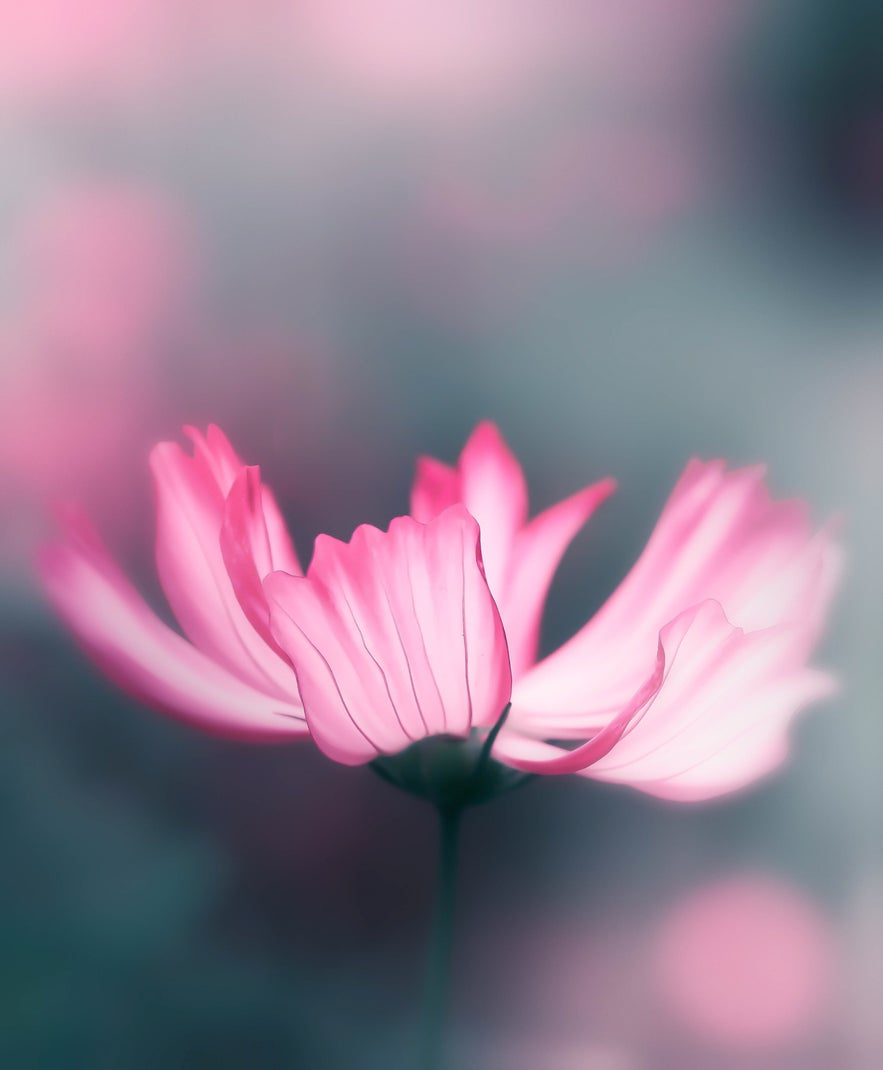
Peter had his own photoblog before a foray into Instagram. Photo by: 'Peter Wyss'.
From having my own photo blog Small Worlds, I opened an Instagram account 6 years ago, and that was when photography really became a passion for me. Instagram is a goldmine of excellent photographers, exceptional photos and fascinating stories on photography if you know what you are looking for. Countless artists have inspired me there, it would be a shame to pull out just a few because what I appreciate so much is the diversity, the personal artistic fingerprint, be it dewdrops on a tulip leaf or the autumn darkness on the wings of a butterfly.
What is your favourite thing about macro photography? Have there been any challenges that you’ve had to face in establishing yourself with this particular genre?
The great thing about macro photography as well as landscape photography is the unique opportunity to be out in nature with an artistic purpose. Another thing I value very much is the meditative slowness of this particular kind of photography. The slower you move, the greater the chance is of finding what may hide on the underside of a leaf or what may be scared away by fast movements, butterflies, grasshoppers, bees.

The challenge of macro photography is to find a combination of the right angle with the best light. Photo by: 'Peter Wyss'.
The challenge of making a good macro photo, is also a matter of finding the right angle, where the subject unfolds its splendour in the most favourable light, and where disturbing elements are reduced to a minimum, for example, the gentle morning light that shines through a mottled autumn leaf, or the rose bush faintly trembling in the cool evening breeze, or the cherry blossoms dancing in the spring rain.
- See also: 13 Amazing Summer Photography Ideas
What kind of equipment do you use on a regular basis? How can people who are just starting out get the most value out of their camera gear while learning to take better pictures?
My equipment is not expensive. I use an old Sony A65 camera with APS-C sensor, and for several years a Tamron 90mm lens has been my standard choice. To expand the artistic expression with a unique bokeh effect, I have added a pair of retro lenses. A Pentacon 50mm, and the legendary Helios 40-2 85mm lens, which – if the light and the place are right – gives your photos that extra sprinkle of magic, which can make them stand out. Another lens I purchased recently is Laowa's 60 mm 2x Ultra macro, an excellent choice to get really close to your subject.
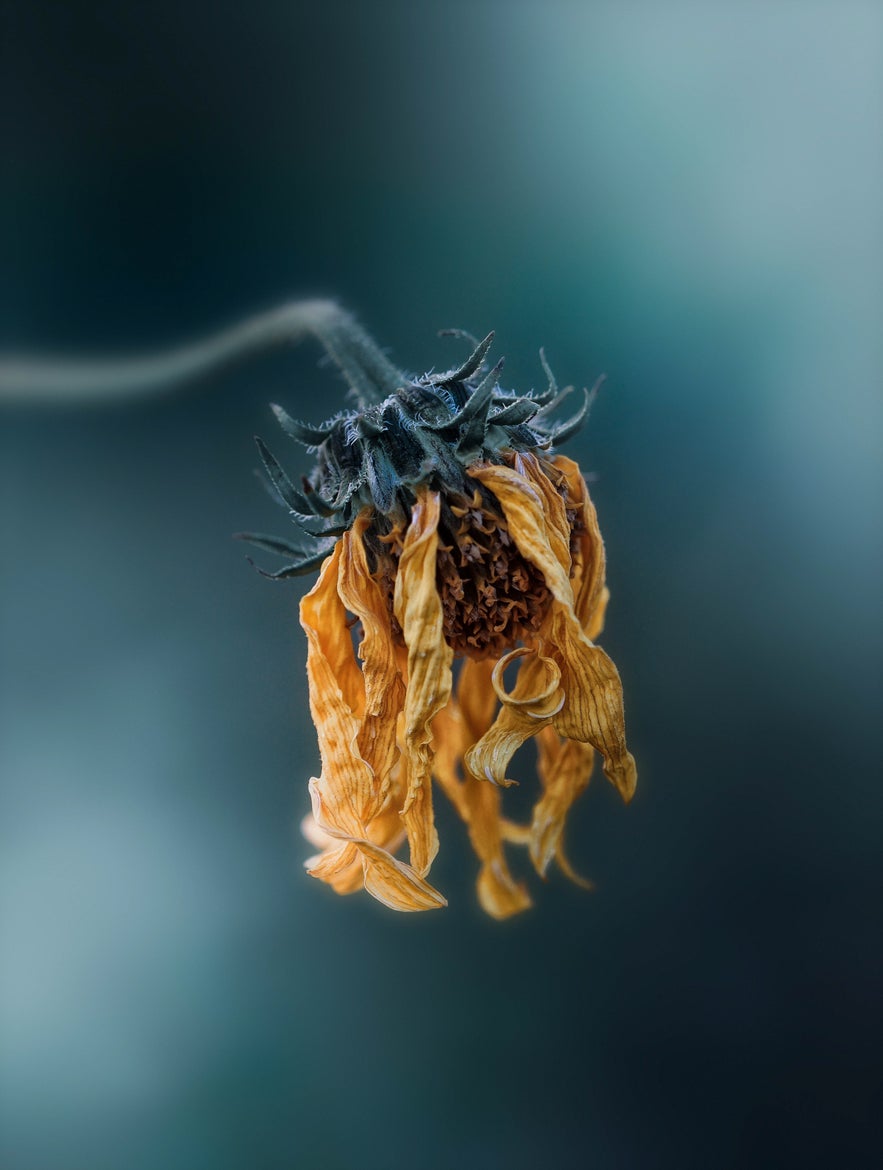
Peter loves working with a narrow depth of field. Photo by: 'Peter Wyss'.
I love to work with a really narrow depth of field. This minimal sharpness that a macro lens allows, 2.8 for all the way down to 1.5 f., is a unique way of isolating what you have in focus and letting the background blur out in a silky soft bokeh. Using the bokeh actively in the composition of an image can work wonders in your development as a photographer. Something else I always look for is the direction of the light, and very often I photograph more or less directly into it. That can make the difference between a good and a bad photo. The signature of the light on the subject.
Your work is incredibly unique and you have such a beautiful flair for art, which manifests itself across your portfolio. How did you develop your style? Is it continually evolving and if so, where do you see it heading in the future?
Thank you very much! A great image is for me like a love affair between arts and crafts, a visual poem. I have always treasured literature and have a university degree in Scandinavian literature. All the photos I post on Instagram, I accompany with poems that are inspired by the mood and expression of that specific photo. I have collected several of these poems in my book All my Howling Days are Quiet, which was published in 2019. What is essential for both photos and poems is that they dive into a feeling, they illustrate an aspect of being human, perhaps a loss, a longing, a rediscovered happiness, a faded memory.
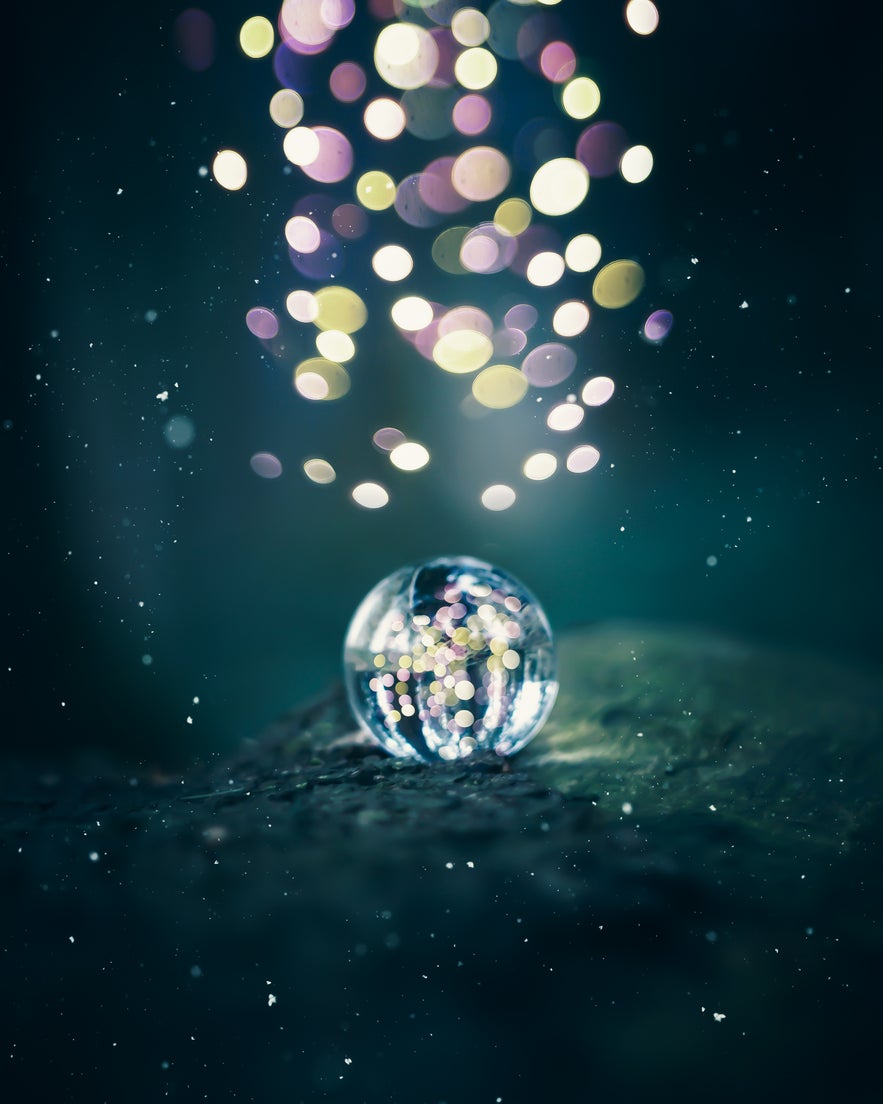
Peter's work is continuing to evolve over time. Photo by: 'Peter Wyss'.
What I'm trying to do, is to find subjects I can set up as a mirror for human life. That's also what I've been working on to improve in recent years. If I should say how I imagine my style will develop, it will be to penetrate deeper into this visual landscape of mind and soul, where for example even a dying leaf can radiate golden joy.
- See also: 11 Tips for Amazing Autumn Photography
What kind of work goes into the construction of your photographs? Which mediums do you use and how do you distil the atmosphere into your images through the fine art process?
My photo trips often lead me deep into the forest or far out in the meadows, away from everything and everyone, and – so to speak - into a meditative state of mind where all that exists is me, the camera and nature. Often I return home all dirty and wet. A great feeling! Then the second part of the creative process begins. I use Adobe Lightroom, Photoshop and certain filters in the Nik Collection. My photo editing procedure is basically about removing or blurring disturbing elements and highlighting and sharpening what I want in focus. I have a small collection of homemade Lightroom presets, which I often use as a starting point to see which mood fits the image best. Should I transform it in the direction of a bright, happy summer day, or should I push it into the darkness; should the photo smile cheerfully, or should it sink into lonely despair.
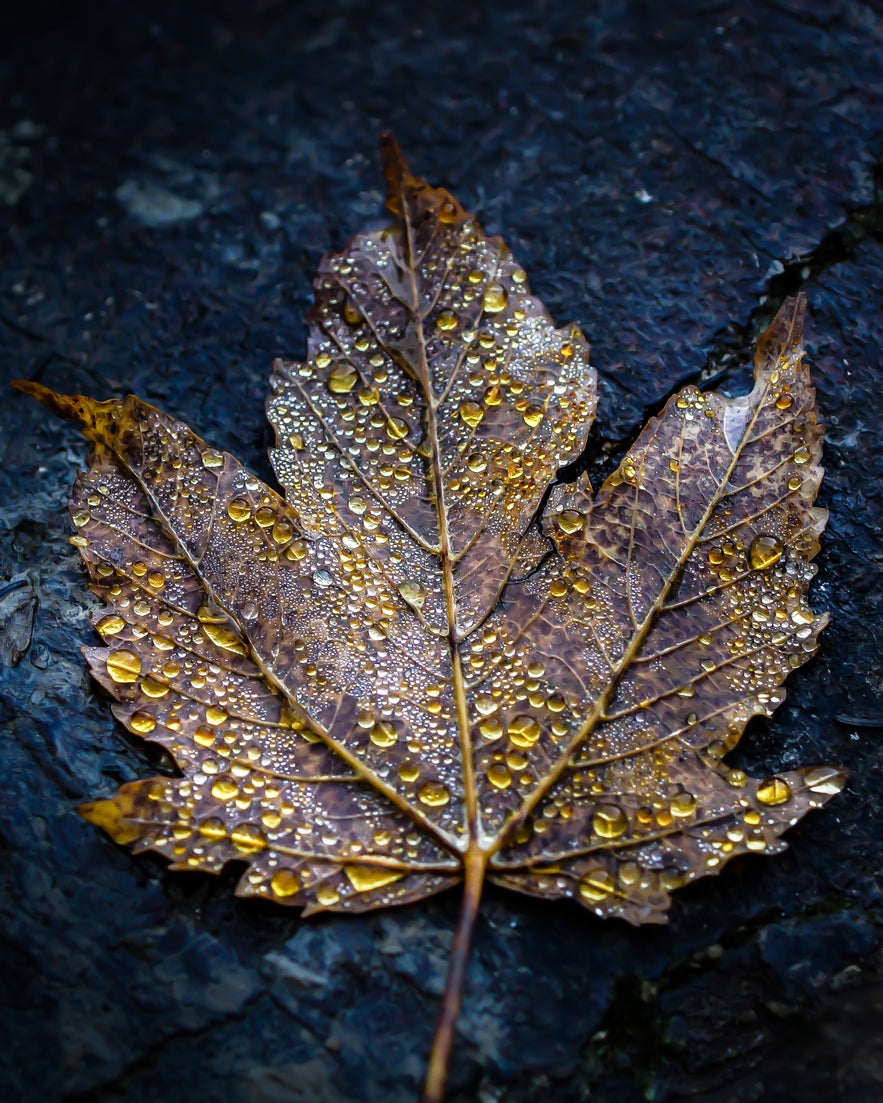
Peter's trips lead him into the forests, where he finds solace. Photo by: 'Peter Wyss'.
Across your portfolio, we often see the interplay between vibrant colours and muted light or backgrounds. Can you tell us a little bit more about how you use colour theory in your work?
Colours, in all their splendour, or even in their absence, evoke moods, they guide us towards different emotions. A photo can completely change character by, for example, manipulating their green and yellow tones. One can steal the warmth out of it and lead it into a cold, quiet world of pale absence. Often I reduce the range of colours so that there are only two or three present. It can intensify the message of the photo. Less is more. It is important that the colours are in balance with each other, that there is a conversation between them, an interaction.
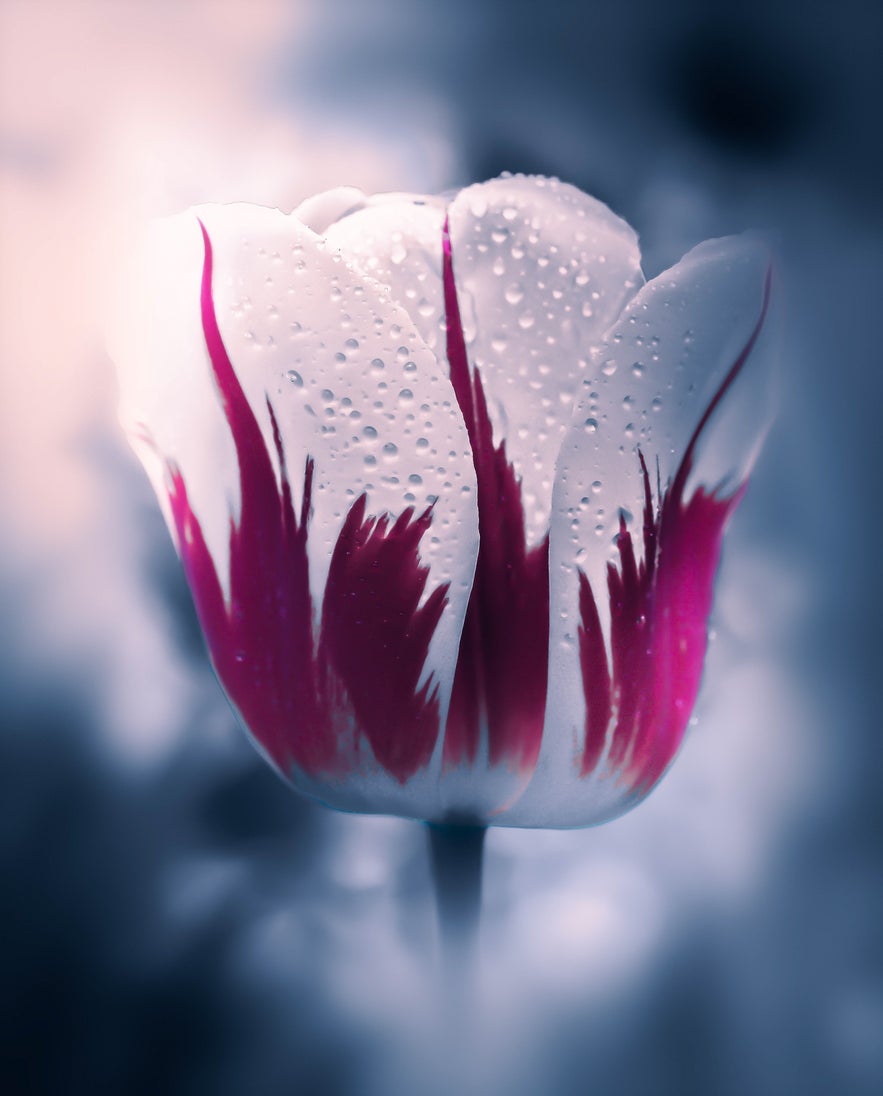
The masterful use of colour theory makes Peter's work stand out from the rest. Photo by: 'Peter Wyss'.
- See also: How to Get Creative with a Fisheye Lens
Aside from flora, we have noticed a few other subjects on your Instagram gallery. What is it about your subjects that excite you the most? Which has been your favourite place to shoot where you can capture these moments? Do you have to travel very far for your photography or are your images taken very close to home?
It is exciting to explore the creative possibilities of using, for example, a lens ball, or nostalgic objects such as a VW camper van or an old-time scooter. When I get fed up taking photos of flowers and bees, I venture out with such objects and try to unleash their charm and potential in different photo projects. Mostly in the woods, perhaps on an old tree stump, a fence post or by a stream.

Revisiting locations can lead to new compositions. Photo by: 'Peter Wyss'.
I live close to forest and meadows, and for the most part, I do not travel far to make my pictures. If I do, it is to seek out a special rose garden or the tulip paradise on the island of Mainau. I often visit the same places, and each time, depending on the weather and the season, they reward me with changing photographic subjects.
Where do you go for inspiration when you reach a creative plateau?
Lost inspiration can hurt. The feeling of stillness and repetition can dig holes in you. When the creative water no longer flows, I try to learn new techniques in Photoshop, or I study other photos intensively. Asking myself how they were created, how I could create something similar. It is probably in these painful, tough phases that you lay the groundwork to move on, to develop.

It can be difficult to recover when you lose inspiration in photography. Photo by: 'Peter Wyss'.
Can you see yourself moving away from shooting flowers and small things any time soon? How would you like your own work to evolve?
I have recently become interested in the video medium, and am looking for an approach so I can combine this medium with my passion for macro photography. I'm still at the beginning of this journey, but the creative curiosity is there and I'm excited about where it will take me.
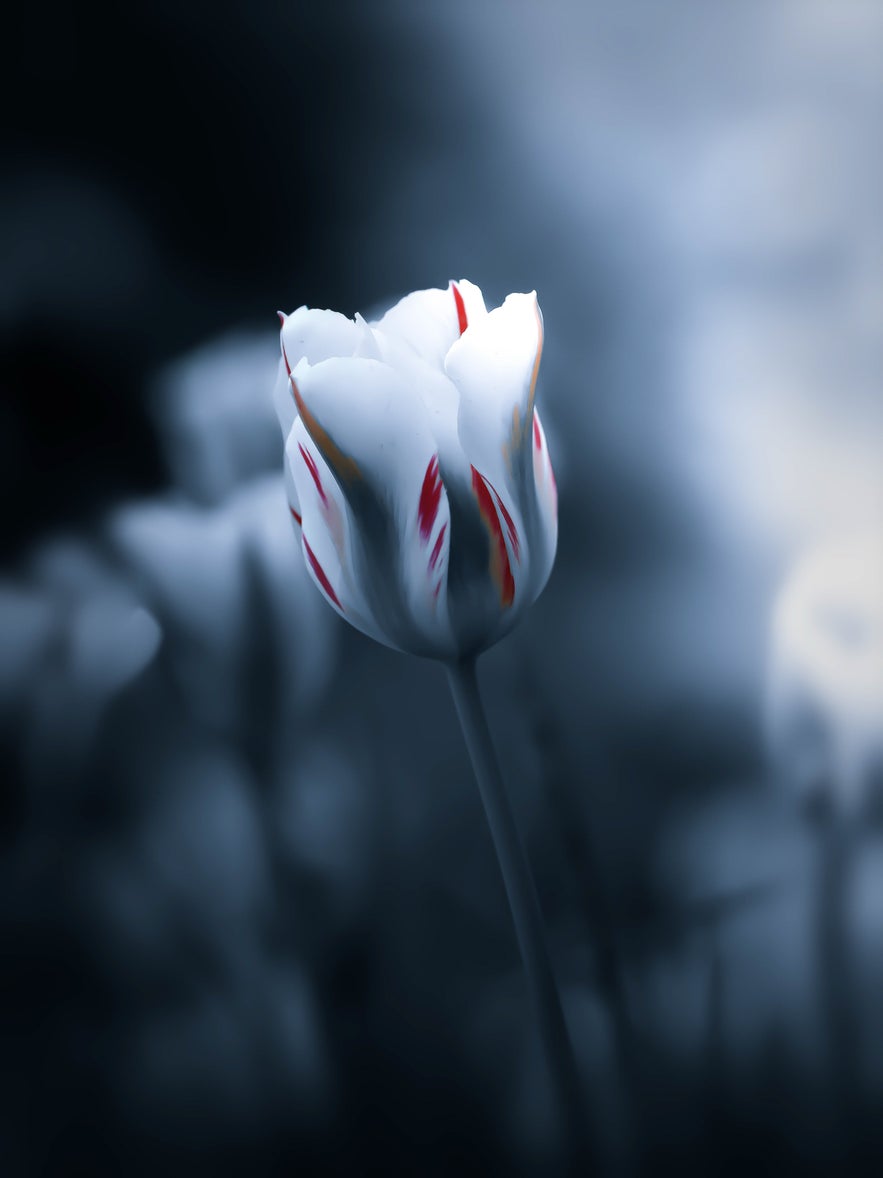
Peter has begun the foray into videography combined with his passion for macro photography. Photo by: 'Peter Wyss'.
In this highly visual era, what impact can photography have upon people?
Photographs are life, dreams, reality, beauty, ugliness. They are a mirror of us, or the opposite, they tell us who we are not. They are illustrations of what is moving us, they capture our emotions, they release them. We look at photos to find out who we are, it is a deeply existential medium. That is why we consume this art form with such joy and fascination, to listen to its stories and to feel the image resonate in us. Of course, they do not always tell the truth, they can lie to us, a beautiful lie we fall for.
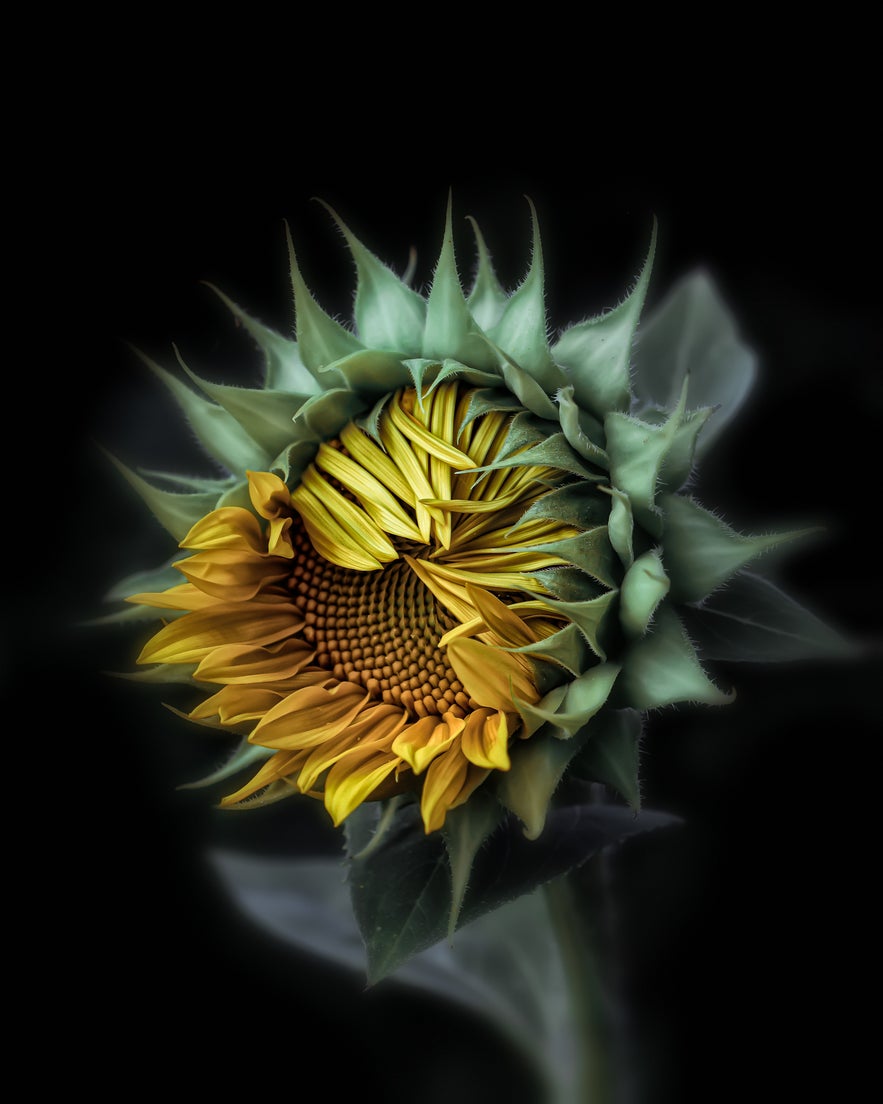
According to Peter, photographs are life. Photo by: 'Peter Wyss'.
These days, more and more young people are expressing themselves through photography. Do you have any advice or thoughts on how they can make their presence felt?
Find your voice, your creative signature, what makes you curious and what you want to dive into with all your skills, ideas and creativity. Instead of spreading your talent out in all directions, seek out that one thing you want to challenge yourself with. Give yourself to it with life and soul, and let yourself be led along. It might take you where you have never been before.
 It is important to find your voice in photography and allow it to do the speaking. Photo by: 'Peter Wyss'.
It is important to find your voice in photography and allow it to do the speaking. Photo by: 'Peter Wyss'.
If this whole “photography career” thing fell through the floor tomorrow, what else could you see yourself doing?
Photography is unfortunately not a big source of income for me. It is with my part-time job that I earn my money. The photography career is not something I can lose; I prefer to see it in the way that it is something I can win. Would be wonderful if something that means so much to me, also could generate an income. I do not yet know exactly how, but maybe with time, it will happen.

Time will tell whether photography becomes a fully-fledged career for Peter. Photo by: 'Peter Wyss'.
- See also: Interview with David López García
Thank you for sharing your thoughts with us. Tell us a little bit about what you’re currently working on and what’s in store for you in the coming year.
I'm not the type to work on big projects. Each image is a completed project in itself. At least that's how it is at the moment. COVID-19 has made certain photographic trips impossible for me this year. I did not have a great opportunity to photograph tulips (my favourite flower!). Hopefully next year I can make this up. In addition, I want to learn to be better at producing and editing videos, especially macro videos!
And of course, I will keep my eyes open for those special moments and the divine light that suddenly might appear and create that intense, visual magic every photographer long to capture.
For more information on Peter Wyss' work, you can find him on YouTube and Instagram.
Be inspired by the beauty of nature all around you. Check out our range of international photo tours and photography workshops.



